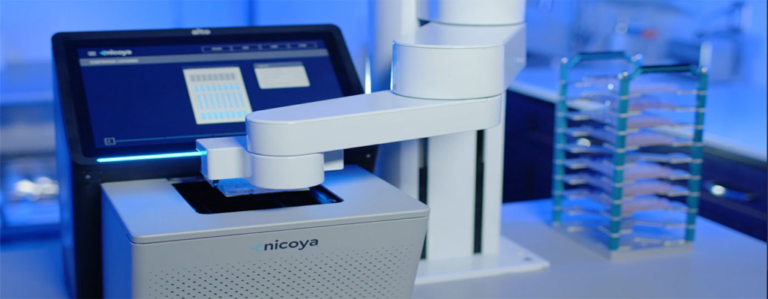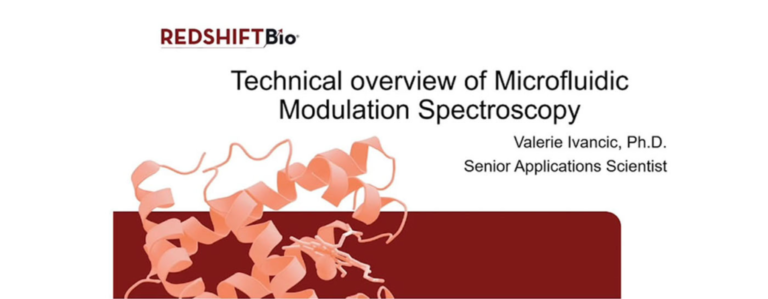On-demand Webinar l Nicoya – SPR Analysis of Biomolecules with OpenSPR
Measure Affinity and Kinetics in Real Time from Your Bench SPR assays are a gold standard in biologics research and development of safe and effective treatments against disease. The data derived from SPR can aid us in better understanding molecular mechanisms while providing inishgt into key signaling pathways and advancing drug development. Join us for this…









